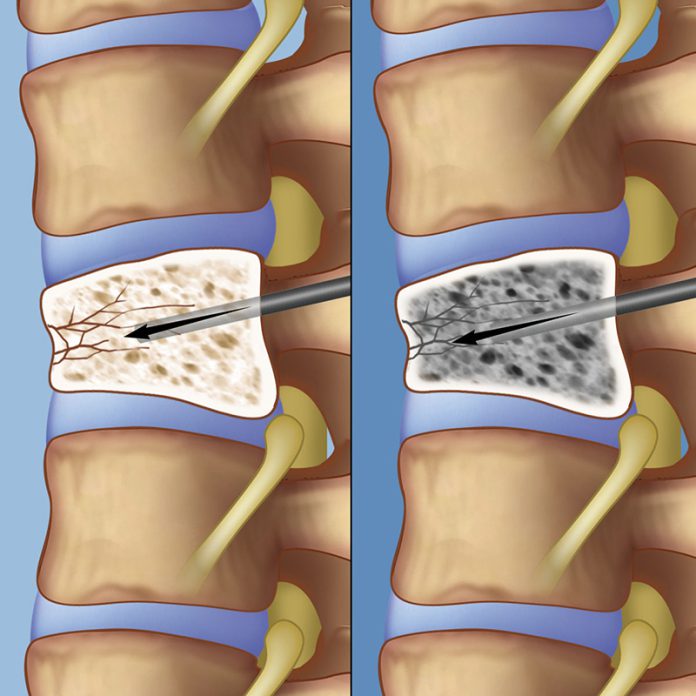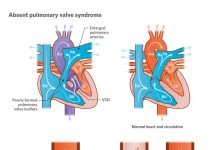Mencoret.com – The most common type of spinal fracture is a shattered vertebra. This injury results from a sudden downward force that forces the vertebra to collapse and splinter. Bone fragments can enter the spinal canal, causing a wedge-like appearance to the spine. In cases of multiple vertebral compression fractures, the patient may have a forward hunch. To diagnose this type of fracture, a doctor will perform imaging to identify the vertebrae involved.
This compromise can lead to neurologic deficits
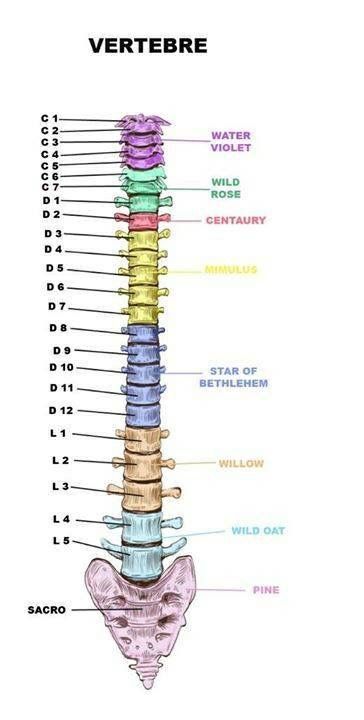
A shattered vertebra is the most dangerous spinal fracture because the tiny shards of bone can enter the spinal canal. This compromise can result in neurological deficits. Patients commonly report severe pain in their backs and difficulty walking. The damage can also cause a loss of feeling in the legs or arms. Patients with a burst vertebra typically report problems with their ability to walk and are unable to carry out normal activities.
Treatment for shattered vertebrae involves several methods, including internal fixation. This technique involves inserting an inflatable balloon in the broken vertebra to support it as it heals. The vertebra may also need to be removed if small pieces of bone are pushing into the spinal cord. However, the most common method of treatment is to undergo surgery. Once this procedure is complete, the patient may return to his or her normal activities.
The vertebral body is the part of the vertebrae that supports the weight of the body
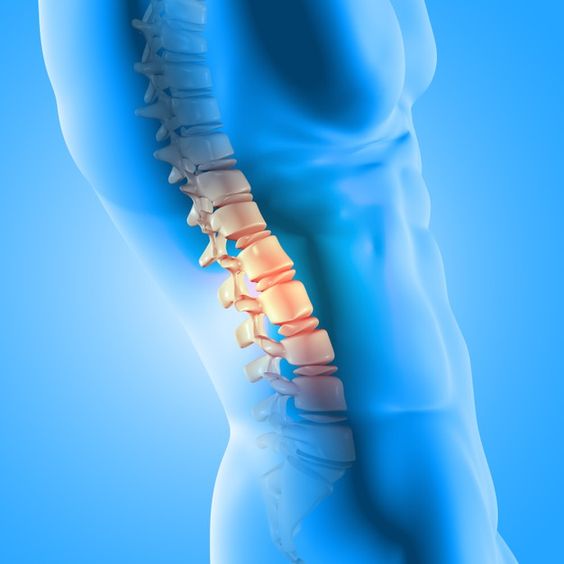
There are two types of vertebral fractures: a major and minor vertebral fracture. A major fracture involves a vertebral body and a pedicle or lamina fracture. The vertebral body is the part of the vertebra that supports the weight of the body and distributes the forces of movements. A major fracture can cause problems with vertebrae alignment and lead to spinal instability.
The posterior column includes the facet joints and the spinous process. This makes it easier to visualize vertebral fractures, and helps to understand why certain kinds are more stable than others. The latter is true for a wedge fracture, which may be stable whereas the former is not. In a case of a middle column fracture, a vertebral body fracture will not be stable. The vertebral body is comprised of three main segments: the pedicles, the lamina, the facet joints, and the spinous process.
Surgical treatment is sometimes necessary to remove a fractured spine
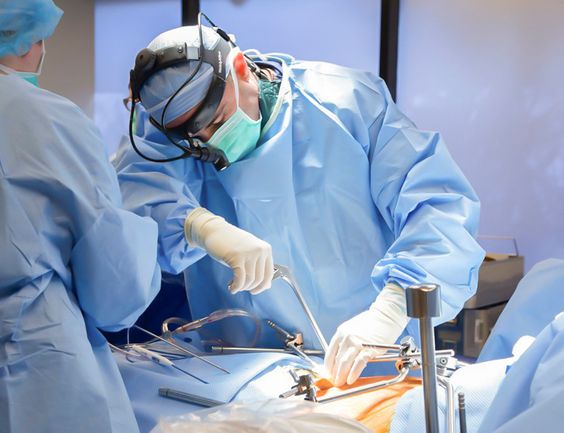
Fractures of the vertebrae may result from a fall or a head-on car collision. An additional type of vertebral fracture, called a fracture-dislocation, occurs when the spinal column is bent or rotated. Surgical treatment is sometimes necessary to remove the fractured vertebrae and stabilize the spine. In some cases, the fracture may be severe enough to entrap the spinal cord.
While fractures of the spine are common, they are not the same as broken bones. Vertebral fractures may be caused by a fall that pinched a spinal nerve, and may cause severe pain. In some cases, doctors may recommend surgery to realign the vertebrae. Despite the risks and complications associated with this type of fracture, treatment is generally successful. If you experience pain after suffering from Shattered Vertebrae, consult a spine surgeon.
A nuclear bone scan can also show whether you have osteoporosis
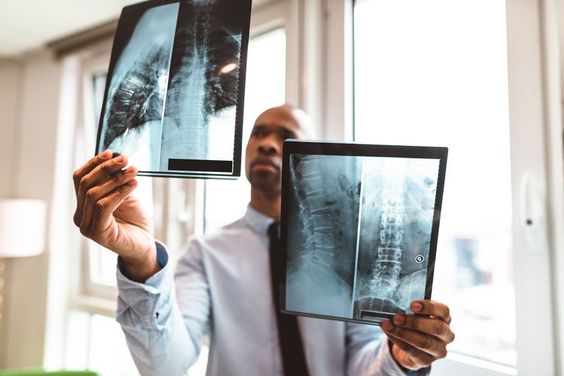
Your doctor will likely recommend an x-ray, which will reveal whether the fracture has caused bone fragmentation. A CT scan, however, does not have this benefit. A nuclear bone scan can also indicate whether you have osteoporosis. Treatment for osteoporosis and shattered vertebrae may include increased calcium and vitamin D intake, exercise, and hormone replacement therapy for women. A spinal brace may be needed to reduce the activity level.
Compression fractures can lead to a weakened vertebra. Osteoporosis, a disease of the bones, or tumors of the spine can also weaken a vertebra. A vertebroplasty is a minimally invasive surgical procedure that repairs the vertebra with specially formulated acrylic bone cement. After the procedure, the patient may return to their normal lifestyle. However, if the compression fracture is not healed naturally, the patient will need to undergo another surgery.

